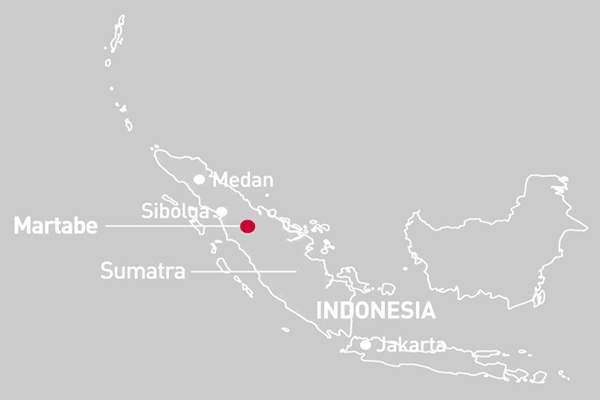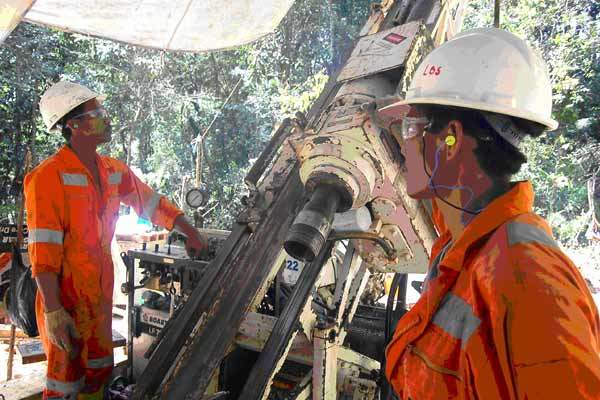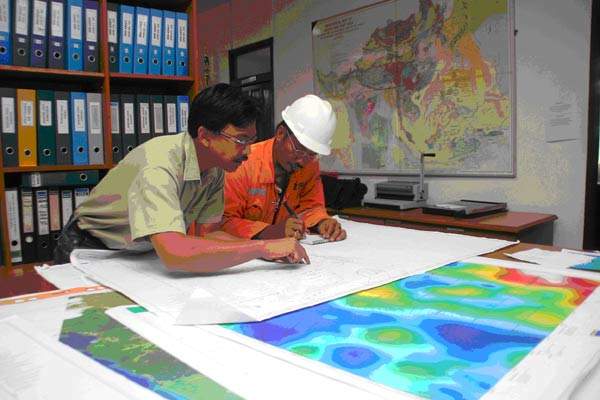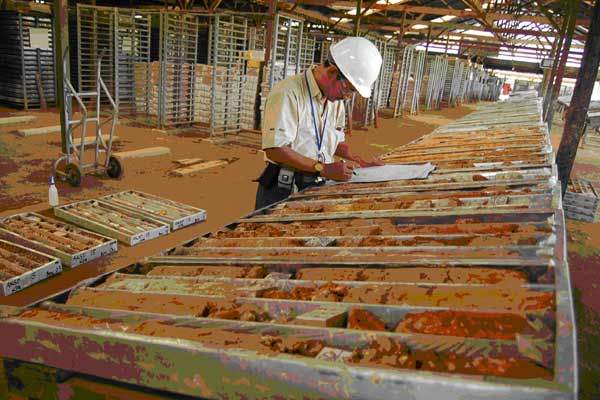The Martabe Project is located on the western side of Sumatra Island in the North Sumatra province in the sub-district of Batangtoru, Indonesia. Oxiana became the owner of the Martabe project through the acquisition of Agincourt Resources in early 2007. Following a review of a Definitive Feasibility Study (DFS), Oxiana’s Board approved development of the Martabe gold and silver project in December 2007. The final permits from the Government of Indonesia were received in April 2008.
In June 2008, Oxiana merged with Zinifex and was renamed OZ Minerals, which began construction of the mine at an estimated cost of $285m. In May 2009. Hong Kong-based G-resources Group acquired 95% stake in the Martabe project from Oz Minerals.
The mine is expected to begin production in the first quarter of 2012. It was originally scheduled to commence in 2011 but got delayed due to heavy rains in the Sumatra region.
The Martabe project is seen as one of the more promising undeveloped mineral deposits in Asia, containing extensive proven reserves of gold and silver.
The Martabe Contract of Work (CoW) covers a 2,500km² area, the most significant part of which is the Purnama deposit.
The mine is a sulphidation epithermal deposit, which was discovered in 1997 through regional stream sediment sampling by Normandy Anglo Asia Ltd. Since then other deposits have also been discovered and resources at Martabe now stand at 6.73Moz of gold and 68.31Moz of silver.
Oxiana became the owner of the Martabe project through the acquisition of Agincourt Resources in early 2007. In June 2008, Oxiana merged with Zinifex and was renamed OZ Minerals.
The Martabe project is located close to existing infrastructure and facilities and is bisected by the Trans-Sumatra highway. Supplies of grid power and process water are available, and the port of Sibolga is approximately 30km from the site. The project will source 24MW of power from the North Sumatran grid from 2012.
Geology and reserves
Martabe’s high sulphidation gold deposits exist within a sequence of tertiary volcanic and sedimentary rocks near a fault splay which is part of the Great Sumatran Fault complex. Episodic fault activity has been responsible for pulses of high-level magmatism and development of multi-stage phreatomagmatic breccias, flow dome complexes, hydrothermal alteration and gold mineralisation observed in the district. Gold mineralisation occurs in a number of deposits over a strike length of 7km.
The most significant and best defined of these is the Purnama deposit, where a resource of 66.7 million tonnes containing 1.74g/t Au and 21.5g/t Ag for a total of 3.7 million ounces of gold and 46 million ounces of silver has been defined by diamond drilling.
Two adjacent deposits, Baskari and Pelangi, plus primary gold potential at depth and other virgin targets are expected to provide upside. Total resources are 7Mt. Reserves are 32.3Mt.
Mining
Mining of the Purnama deposit will be undertaken by conventional open-pit methods with a low average strip ratio of 0.7:1. The processing facility will be a large-scale ore processing plant. The plant and infrastructure will be designed to allow for future expansion. Mining of waste will peak after two or three years of operation, reducing the costs in the initial mine life.
Ore processing
The ore will be treated using 4.5 million tonnes of ore per annum using proven SAG and ball milling, and carbon-in-leach (CIL) technology. Recoveries are expected to average 76% for gold and 55% for silver.
Production and costs
Martabe is expected to produce 250,000oz of gold and approximately 2 to 3Moz of silver a year at a cash cost of less than $250/oz of gold.
Martabe’s total capital cost is estimated at $576m. By May 2011, around $314m had been invested in the development of the mine.
Contracts
The engineering, procurement and construction management (EPCM) contract was awarded to Ausenco in August 2009.
PT Leigton, a division of Leighton Asia and a part of G-Resources Group, is undertaking the mining activities for a five-year period. The contract is valued at $172m and includes activities from road construction to top soil removal, mining of waste and construction of the mine infrastructure.
Other sub contracts include the construction of an access road and logistics for equipment. An Indonesian contractor, PT Duta Graha Indah, will build the road while the transport and logistics will be provided Antrak Logistics.
In June 2011, McConnell Dowell was awarded a contract by PT Agincourt for installation of the structural, mechanical and piping (SMP) facilities and sag and ball mills. Installation works are planned for completion in nine months (March 2012).
The future
The potential to discover mineralisation elsewhere in the CoW area is considered high and exploration is ongoing at a number of other prospects. Two adjacent deposits, Baskari and Pelangi, plus primary gold potential at depth and other virgin targets are expected to provide upside.
A 5% interest is held in trust for local Indonesian stakeholders.







